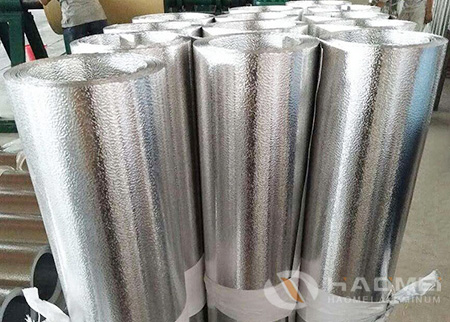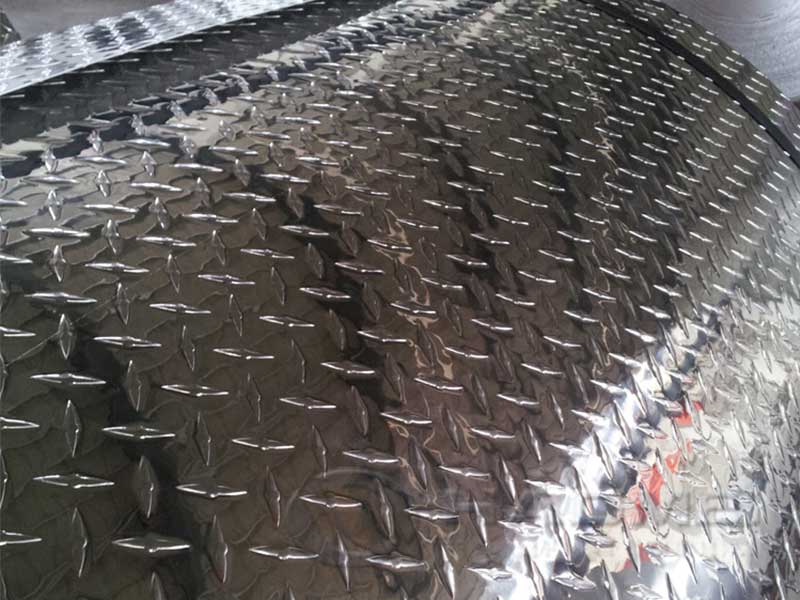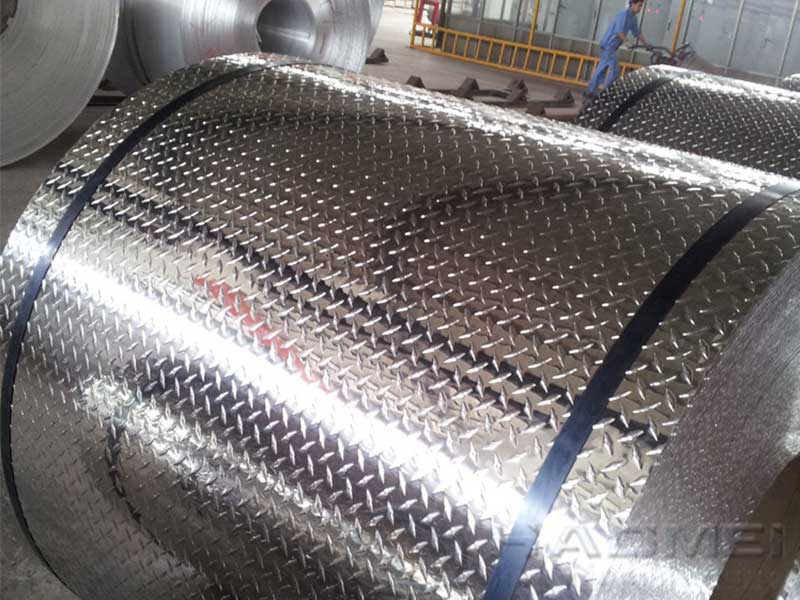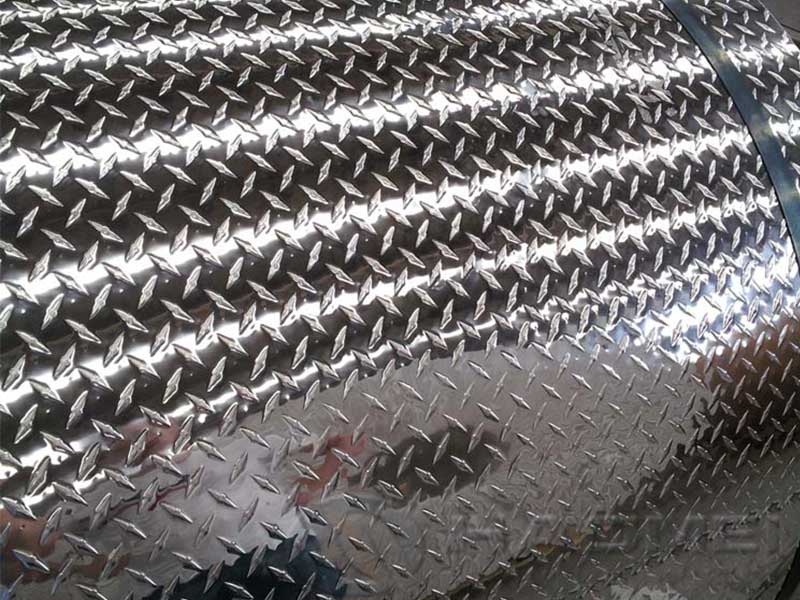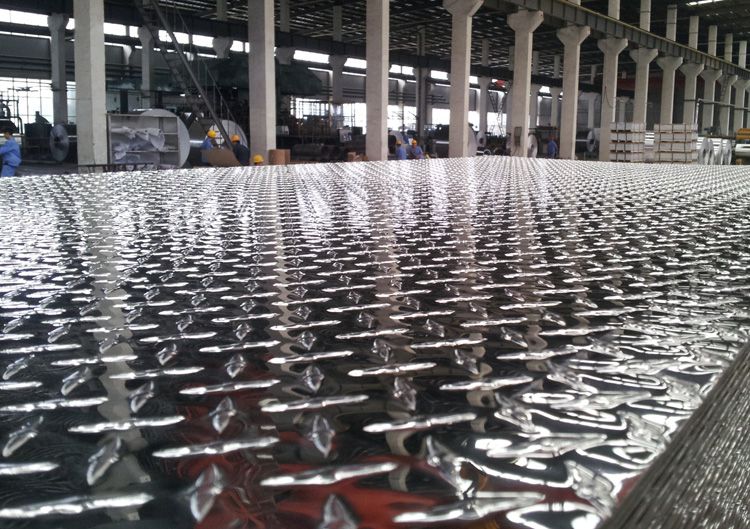In the expansive world of construction materials and industrial design, the aluminum checker plate sheet stands out as a multifaceted marvel. Known widely for its distinct surface pattern and robust physical properties, this material blends efficiency with aesthetics, offering utility across diverse applications.
What is an Aluminum Checker Plate Sheet?
Aluminum checker plate sheet, frequently called aluminum tread plate or diamond plate, is an aluminum sheet characterized by a pattern of raised diamonds or lines that emboss its surface. This processed pattern enhances grip and reduces the risk of slipping, making it an ideal solution for safety walkways, platforms, and truck beds while also providing a unique visual texture.
Functional Advantages and Applications
1. Anti-slip Surface and Safety Implementation
Primarily, the checker pattern dramatically improves traction, preventing accidents particularly in industrial, commercial, and automotive environments. The embossed pattern causes the surface to be uneven, enabling better grip for both feet and wheels. Such safety features fulfill strict regulatory compliances, especially along corridors, stairways, truck floors, and loading docks.
2. Structural and Weight Efficiency
Compared to steel or plain aluminum, checker plate sheets offer high strength-to-weight ratios due to the inherent rigidity afforded by raised patterns. This lightweight yet sturdy nature flies particularly in applications like aerospace interiors, vehicle panels, and portable platforms, where ease of handling and durability are vital.
3. Corrosion and Wear Resistance
Aluminum inherently resists corrosion due to its natural oxide layer, a property enhanced by specific alloying and temper treatments common in checker plates. This makes the material ideal for marine environments, outdoor architectural cladding, and chemical processing facilities, wherein exposure to corrosive elements is routine.
Technical Parameters and Standards
The aluminum checker plate conforms to several international and industry standards, ensuring product reliability and quality consistency.
| Parameter | Specification |
|---|---|
| Alloy Type | 1000 series (pure), 3003, 5052, 6061 |
| Typical Temper | H14, H18, H24, H42 |
| Thickness Range | 1.0mm to 6.0mm |
| Width | Up to 1500 mm |
| Surface Finish | Mill finish, brushed, coated |
| Checker Pattern Dimensions | 2mm to 4mm high relief |
| Tensile Strength | 100 – 350 MPa (varies by alloy and temper) |
| Elongation | 4% – 15% |
Alloy Selection & Tempering Insights
Most commonly, aluminum checker plates are produced using alloys such as 3003 and 5052 for their excellent formability and corrosion resistant nature, while premium structural applications might use 6061 alloys for superior hardness and strength.
3003 Alloy - An aluminum-manganese alloy noted for superior corrosion resistance especially in environments prone to oxidization. It is generally anodized or painted for enhanced lifecycle.
5052 Alloy - Magnesium-aluminum alloy with good fatigue strength, weldability, and offers exceptional resistance to seawater corrosion, suitable for marine applications.
6061 Alloy - An aluminum-magnesium-silicon alloy prized for its mechanical strength, often employed where additional load-bearing requirements are essential.
Tempering states such as H14 (strain-hardened and partially annealed) and H18 (full hard) impact the final mechanical properties substantially, balancing between workability and hardness. H24 (strain-hardened & stabilized) and H42 deliver additional rigidity for heavy-duty applications.
Chemical Composition Per Alloy Group
| Alloy | Si (%) | Fe (%) | Cu (%) | Mn (%) | Mg (%) | Other (%) |
|---|---|---|---|---|---|---|
| 3003 | 0.6 - 0.9 | 0.7 | 0.05 | 1.0 - 1.5 | 0.1 | 0.15 |
| 5052 | 0.25 max | 0.4 | 0.1 | 0.1 | 2.2 - 2.8 | 0.15 |
| 6061 | 0.4 - 0.8 | 0.7 | 0.15 -0.4 | 0.15 | 0.8 - 1.2 | 0.2 - 0.4 |
Implementation Guidelines and Welding Considerations
The unique raised pattern of aluminum checker plate also requires special attention during fabrication and installation. These raised lines must align correctly to preserve anti-slip properties when joined in large sheets or sections.
Welding Tips:
- Alloys such as 5052 and 6061 weld well with TIG and MIG techniques, though 6061 requires post-weld heat treatment to restore mechanical strength.
- Care must be taken not to damage the elevated pattern which would reduce slip resistance.
- Thin gauge materials (<2mm) may warrant special techniques to avoid warping and ensure weld integrity.
The aluminum checker plate sheet transcends its simple appearance by synergizing aesthetics, safety, and engineering finesse. its technical frameworks—materials science, structural capabilities, chemical makeup—unlocks invaluable insights for architects, engineers, and product designers. Whether enhancing safety in a busy factory, reinforcing vehicle floors or adding an artistic sheen to public spaces, aluminum checker plates continue to shine boldly.
For anyone pursuing dependable, lightweight, and artistically engineered metal solutions, this versatile material offers unmatched performance fused with sleek practicality.
Explore premium aluminum checker plate sheets for your projects and leverage cutting-edge industry standards to maximize durability, safety, and design.



